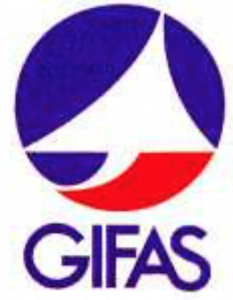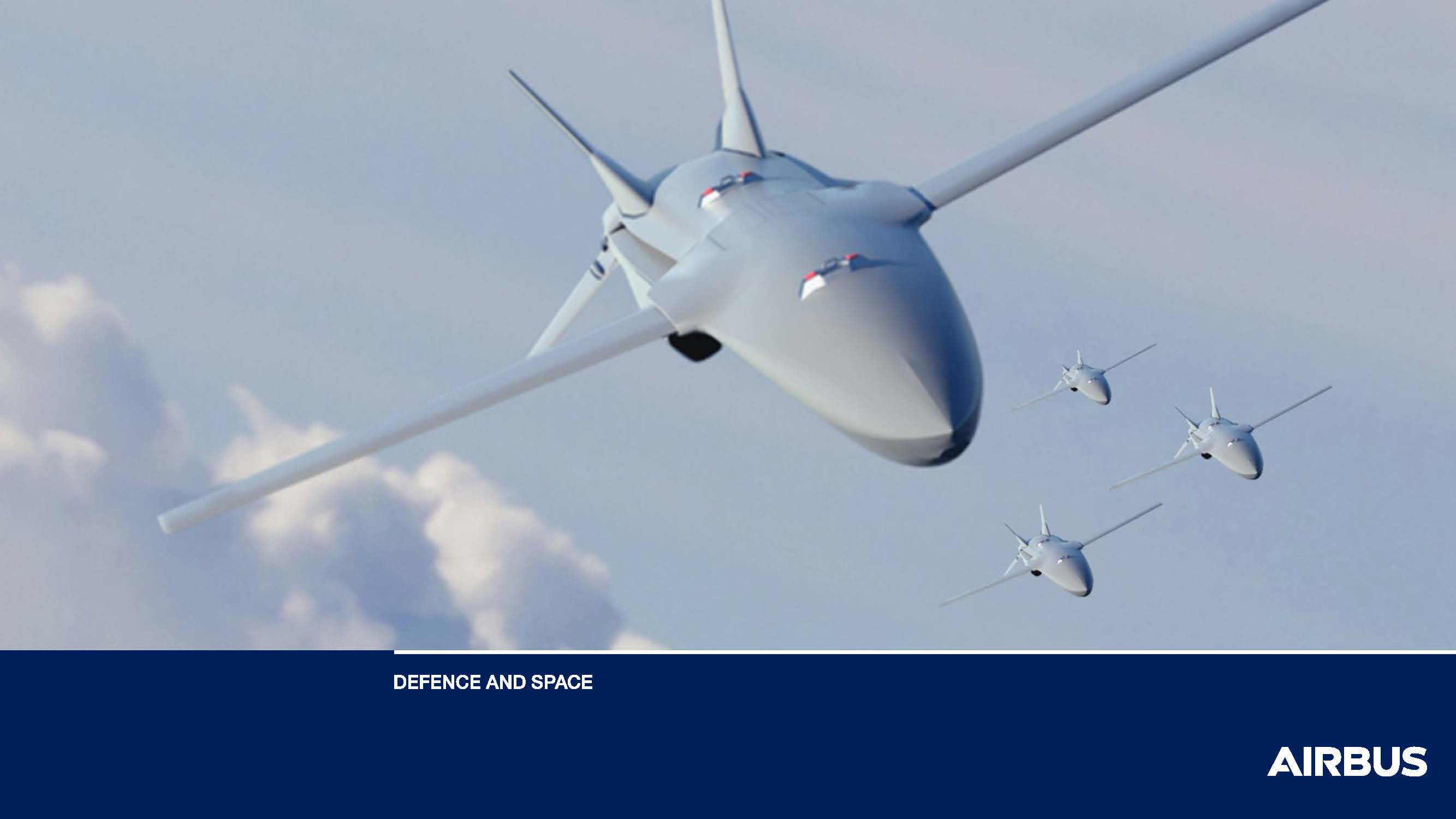By Pierre Tran
Paris, France
France and Germany need to update a 1972 joint agreement on arms exports, a bilateral pact which has economic bearing on a planned European fighter jet, the future combat air system or FCAS.
Eric Trappier, chairman of GIFAS, highlighted the challenge at the GIFAS press conference held on April 18, 2019.
The French and German clearance for the foreign sale of weapons should be “harmonized,” he said at a news conference on the 2018 results of Gifas.
“French companies are calling for a revision of the Debré-Schmidt treaty,” he said.
That update would address the export outlook of the fighter jet in the Future Combat Aerial System, an ambitious Franco-German project.
That bilateral treaty refers to an agreement signed in 1972 by the then French defense minister Michel Debré and his German counterpart Helmut Schmidt, adopting a cooperative approach to selling arms abroad.
Despite that accord, French concerns have risen in recent years over a reluctance in Berlin to clear the sale of German equipment for French weapons, holding up exports for France.
The “German problem” on exports stems from differences between the coalition partners, Trappier said.
Britain and France are relying on German clearances for equipment, he added.
In France, there is broad political consensus on backing arms exports, with defense ministers and presidents promoting French weapons when abroad.
“At a certain time, at the start of development, the issue of exports arises,” Trappier said.
“There is an economic reality.”
The “internal” European market is not big enough for European companies to recover investment, unlike the U.S. market, which is large enough for American firms working on the F-35 fighter to make money, he said.
“There need to be rules of the game if we are to cooperate,” he said.
The rules will cover operational requirements, which will include some specific capabilities, and also exports.
France bans all foreign arms sales, so companies must apply for government clearance from an inter-ministerial committee, dubbed Commission Interministérielle pour l’Etude des Exportations de Matériels de Guerre (CIEEMG).
“It’s complicated,” he said.
But despite the need, it was unlikely France and Germany will come to a common export agreement in the near future, according to Thomas Gassilloud, deputy of the La République En Marche (LREM), a center right party launched by French president Emmanuel Macron.
Perhaps the two countries could form a “common consultative governance body,” Gassilloud argued in a Feb. 2 interview with La Tribune, a business website.
That organization would deliver advice on whether or not to approve French and German arms sales.
France takes into account the German “interest and opinion” on exports and the planned Franco-German tank, dubbed Main Ground Combat System, he said.
On the prospects for Britain later joining the FCAS project, Trappier said, “It is a question of timing.”
Britain is tied up in talks on Brexit, on whether or not to leave the European Union, whether on hard or soft Brexit terms, during or after summer, he said.
Whether the UK leaves the EU, the country has its role in European defense.
British companies are members of AeroSpace and Defence Industries (ASD), he said.
ASD is a European trade association in Brussels, lobbying on behalf of aeronautics, space, defense and security companies.
Those British companies are considered European, he said.
“We have told those firms: even if Britain leaves the EU, you will still be considered European,” he said.
“The hand of French and European companies absolutely will be held out to you.”
It is up to the British and French governments to pursue the 2010 Lancaster House defense cooperation treaty.
“It is the responsibility of France and Great Britain to continue to cooperate” he said.
Britain has announced its project for Tempest, a potential British rival to the Franco-German fighter in the FCAS project.
Dassault will be prime contractor for the new European combat aircraft.
France plans to announce contracts for a fighter technology demonstrator at the Paris airshow, which opens June 17.
Airbus and Dassault are equal partners on a study on concept and architecture of the demonstrator.
Thales, an electronics company, will have a key role in the demonstrator project, French defense minister Florence Parly has added as well.
“I have plans to sign contracts between now and the middle of summer on this demonstrator: in this system of systems, Thales, thanks to its capabilities as an integrator, will play a full role in building the dialogue between the objects connected in this system of collaborative combat,” she said April 15.
Parly was visiting a Thales radar factory at Limours, just outside the capital.
Gifas reported a 1.2 percent rise in 2018 sales to €65.4 billion ($ billion), of which 23 percent was in defense. That compares to sales of €64.2 billion in the previous year.
Exports accounted for 85 percent of sales.
Orders fell 17 percent to €58.2 billion, of which military accounted for 28 percent.
Gifas booked orders worth €68.2 billion in the previous year.
Some 4,000 jobs were created last year, with 15,000 new posts expected this year.

The Groupement des industries françaises aéronautiques et spatiales (abbreviated GIFAS) is the French Aerospace Industries Association created in 1908, featuring more than 260 members. The first name of the association was Association des Industries de la Locomotion Aérienne. It acquired its current name in 1975.
The current president of the GIFAS is Éric Trappier, Dassault Aviation CEO.
Editor’s Note: Discussions with sources in London have confirmed the key concern which Britain also has with German vetoes on commonly built aircraft, in this case the sale of weapons and aircraft to Saudi Arabia.
Britain has tested its unmanned prototypes on Australian ranges in the past, and with the announcement of the new loyal wingman program in Australia, the UK is certainly interested in this program and UK opportunities to work with Australia and export common aircraft.
And Tempest unlike FCAS can draw upon the F-35 program in which the UK is a 15% stakeholder.
If indeed the UK is a “European defense power,” then the UK and its involvement in the F-35 logically makes this a key aspect of European industry as well.
With regard to Australia and the UK:
According to Wikipedia, “On 5 February 2014, BAE revealed information on the Taranis’ flight tests. The UCAV’s first flight occurred on 10 August 2013 at Woomera Test Range in South Australia. This flight lasted for approximately 15 minutes. A second sortie was launched on 17 August, and subsequent flights surpassed expectations for the airframe, flying at various speeds and heights for as long as one hour. By 2014, the Taranis’ development costs had reached £185 million, compared to £140 million as originally projected. The Taranis is planned to be operational “post 2030″ and used in concert with manned aircraft.”
With regard to the UK and its engagement in the F-35 program: According to a recent UK MoD article:
The UK currently owns 17 F-35B aircraft with the reformed 617 Sqn having arrived back in the UK last year, with RAF Voyager aircraft providing air-to-air refuelling on their trans-Atlantic journey. More jets are due in Britain over the coming years, and there is an overall plan to procure 138 aircraft over the life of the Programme.
The F-35 is the world’s largest defence programme at over $1.3 trillion, with UK industry providing 15% by value of every one of over 3,000 jets set for the global order book.
That makes the economic impact greater than if we were building 100% of all 138 aircraft which we intend to buy.
The programme has already generated $12.9 billion worth of orders and at peak production will support thousands of British manufacturing and engineering jobs.


